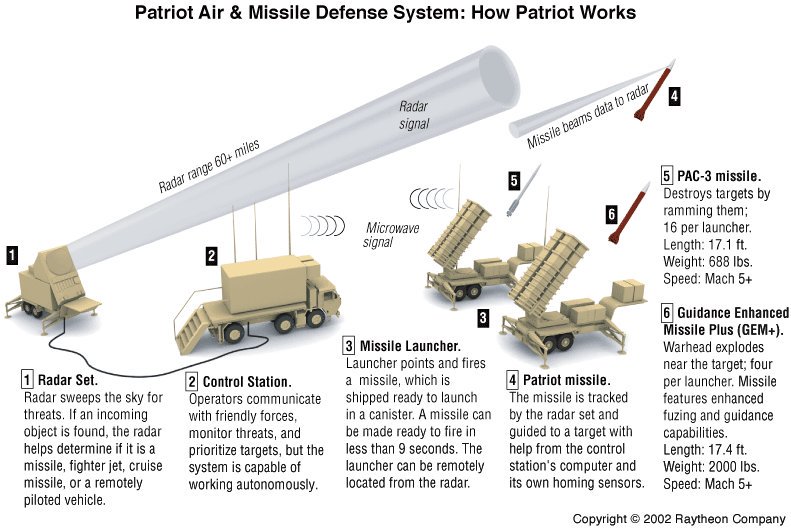But it's not critical to achieve a succesful kill against an RV.
In this thread, I describe that in detail - and touch upon the required system elements.
The RV speed will always be larger than the required velocity.
This means that the speed of the KW is irrelevant in achieving the required minimum velocity.
It does however impose a lot of complications on the system level of the BMD system, if it's "low".
With lower burn out velocity comes shorter range.
This causes a planning challenge, implying that the system must be closer to the defended asset i.e. point defense vs. area defense, thereby increasing the need for more systems.
As the speed of the interceptor is low, it puts stress on the sensor architecture.
The slower the speed, the earlier the interceptor must be launched to be able to reach the kill point in time for the intercept.
This requires earlier detection by sensors.
In this thread, I explain how earlier detection (using LoR/EoR) allows an interceptor to launch earlier, thereby reaching further.
Doesn't mean it's not important in many other aspects - but not that 🙂








